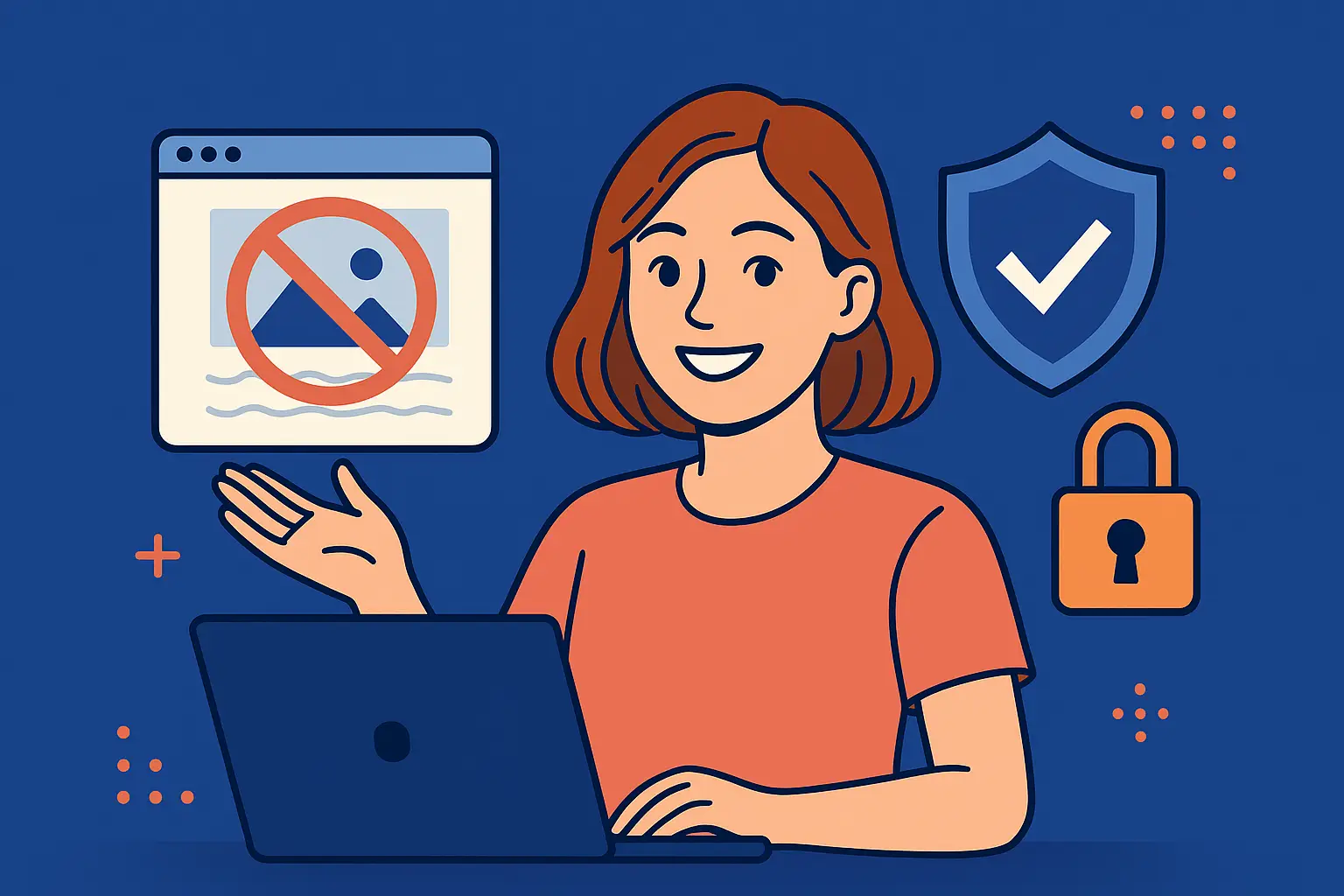The New Paradigm of the Adult Industry
Since its emergence in 2016, OnlyFans has not only reshaped the logic of the porn business, but also redefined who produces, who consumes, and how personalized and exclusive adult content is monetized online. In a landscape where traditional sites struggled to turn a profit and algorithms often buried independent creators, this platform became a silent revolution—now reportedly valued at $8 billion and up for sale.
What started as a British project, now owned by a Ukrainian-American entrepreneur, has grown into an empire with over 4 million creators and 300 million subscribers. The business model is as straightforward as it is disruptive: pay for content—and often, for the illusion of personalized intimacy.
Why Was OnlyFans So Revolutionary?
In a digital ecosystem dominated by free content, OnlyFans introduced the idea that intimacy and personalization have value. The platform allows creators to earn money through:
-
Monthly subscriptions,
-
Exclusive on-demand content,
-
Paid messages, merchandise, and more.
This direct-to-consumer model has enabled thousands to make money on OnlyFans without intermediaries. The platform takes a 20% cut of each transaction, leaving 80% for creators who—unlike in mainstream porn—retain creative control, ownership, and direct profits. In 2023 alone, the platform paid out $5.3 billion to its creators, not including tips or indirect revenue streams.
Security, Professionalization, and New Standards
One of the key pillars of OnlyFans’ success is its commitment to protecting digital creators. The platform has implemented a strict verification system requiring ID, facial recognition, and banking details. It also employs 1,500 people to review content—setting itself apart from platforms like PornHub, often criticized for hosting non-consensual material.
“There is no anonymity on OnlyFans,” emphasized CEO Keily Blair. She also noted that no algorithms boost content arbitrarily: everything depends on the direct relationship between fan and creator, reinforcing the platform’s safety and authenticity.
The Creator's Role: Between Independence and Burnout
Unlike the old porn industry, OnlyFans promotes a more horizontal, decentralized model. But this freedom comes at a cost. The myth of uploading a few photos and making thousands quickly fades when looking at creators like Bonnie Blue, a former platform star who revealed she spends 70% of her time running her business.
Being a digital content creator today means also being a:
-
Community manager,
-
Editor,
-
Accountant,
-
Producer,
-
Salesperson.
The online “economy of desire” demands consistency, customization, and visibility. While income is possible, so are burnout, overexposure, and constant pressure to create personalized, engaging content in a crowded market.
A Model Under Threat
Success has also brought new challenges. Content creator legislation in countries like Sweden—where paying for personalized adult content has been penalized since July—and fines in the UK for age verification failures show that OnlyFans’ legitimacy is still being questioned.
Meanwhile, competition is growing. Platforms like Fansly and projects using generative AI to create free hyperrealistic porn are gaining traction. Add to that the increasing scrutiny from governments and payment processors, and the adult industry on the internet faces significant pressure.
What Now?
As news of a possible sale shakes the sector, OnlyFans remains one of the most profitable platforms in the world, boasting a 50% operating margin—higher than Meta or Alphabet. But its future hinges not just on financials, but also on how the world navigates ongoing debates around:
-
Digital consent,
-
Adult content regulation,
-
Emotional value in the digital economy,
-
The role of the body and identity on platforms.
In Summary
OnlyFans didn’t just transform the porn industry. It redefined how to earn money from intimate content, how creators are protected, and how the economy of desire functions in the digital age. Whatever comes next—AI automation, new apps, or a shift toward more ethical models—will have to reckon with a powerful precedent: the viralization of the self as a premium product.



